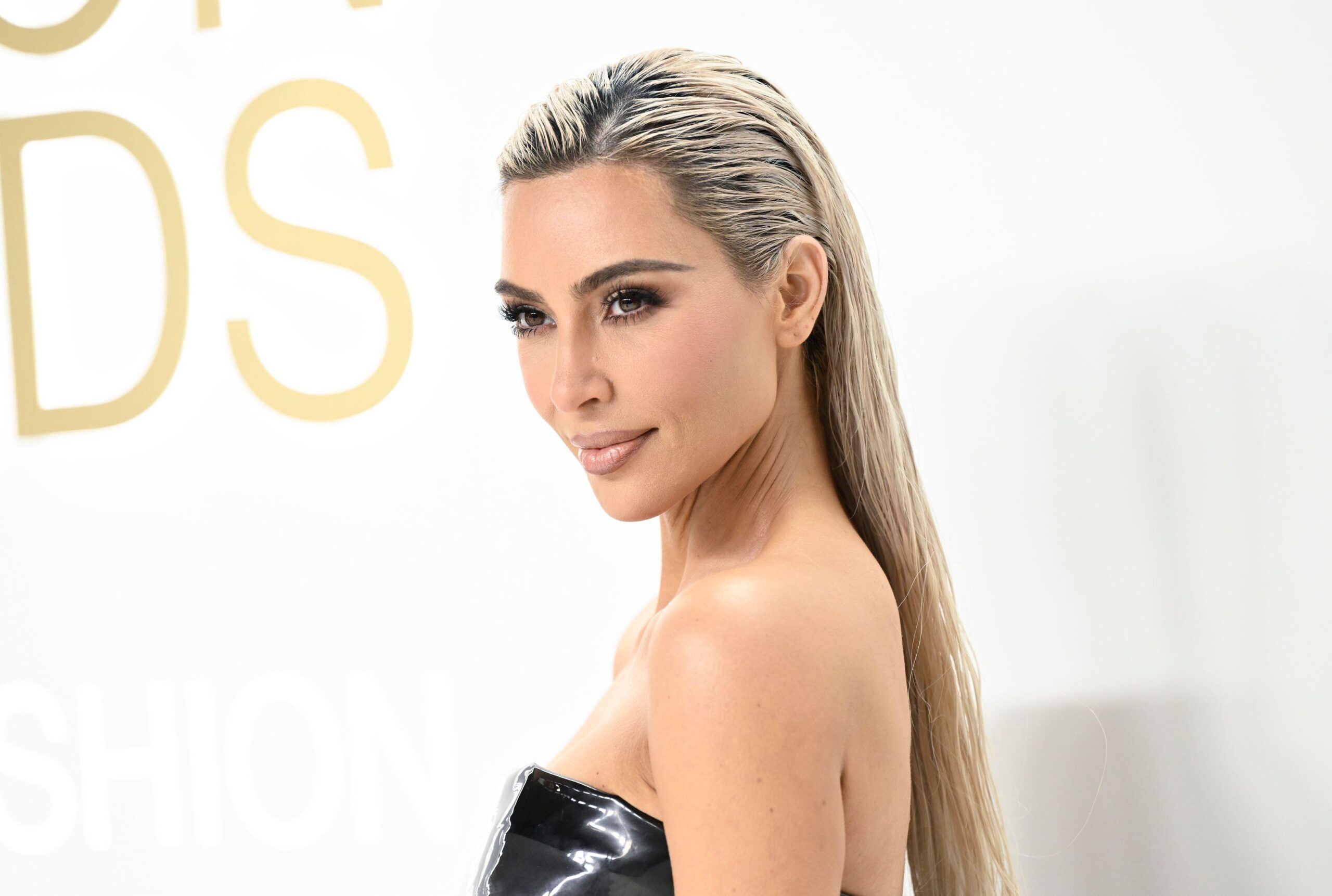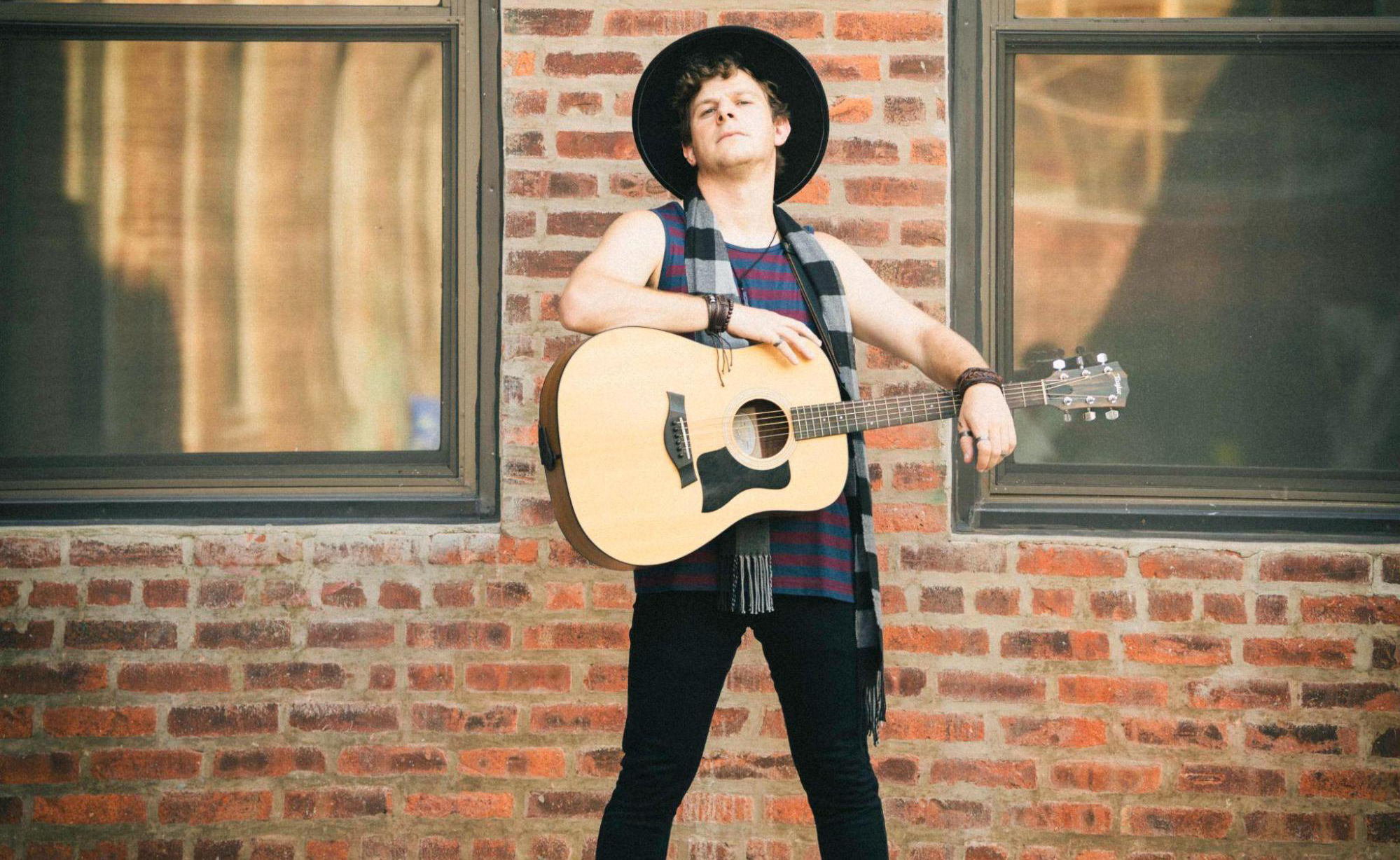
Kim Kardashian
Evan Agostini/Invision/AP/Shutterstock
Over the last decade, aesthetics drawn from hip hop and media became mainstream.
For a while, this seemed good. Though cultural appropriation was rife at the beginning of this transitional phase, it has culminated in a greater awareness of certain areas of Black Culture, and the prominence of Black artists and creatives finally landing “a seat at the table,” as it were.
However — once the 2010s were officially over and culture has made its way into the 2020s — it looks like the tables are about to turn.
As it’s more and more apparent that aesthetic tides are shifting, the hegemony seems to be throwing Blackness out with the bathwater. While many trends dominating the past decade got assimilated into the norm, emphasis on Blackness has become camouflaged. The impact of Black culture is less in the foreground, and Black people are finding out just how fickle mainstream “acceptance” truly was.
The Kardashians were the most prominent example of exploiting Black culture, advancing their careers through controversy and — often — appropriation of Black aesthetics. However … fans are noticing a shift.
After announcing her divorce to Kanye West, fans have speculated that Kim Kardashian’s is changing her image. From allegedly removing implants in her posterior to embracing a more “natural look,” Kim’s is yet one more of the many who’ve used Black aesthetics to their advantage … only to abandon them.
Kim follows the same path as Kylie — who made her fortune from selling lip kits so her fans can simulate the big lips she pilfered from Black women — and dissolved the very lip fillers which comprised her signature look.
Celebrities Consuming and Ditching Blackness
Miley Cyrus — for example — helped usher Black aesthetics into the mainstream in 2013. As rap music became pop music, Miley piggybacked on the wave to further her post-Disney image. She was one of the first pop stars to adopt many of rap music’s once “edgy” aesthetics to gain popularity — remember her “twerking” phase? White girls are doing similar dances all over TikTok, and — to my pure horror — even getting famous from it.
But Miley has long abandoned that “phase” of her life. Soon after gaining notoriety, she returned to the whiteness, country music, and “purity” for her subsequent album — not only discarding, but disparaging rap music as she moved on. We support her personal growth and journey to finding herself — but why did it have to be in opposition to Blackness?
Ariana Grande has made similar moves in the past few years. Mimicking AAVE cadences in her singing and even being accused of “Blackfishing” for her extreme tanning, Grande gained A-list status partly by carving her way through the industry using Black culture as a tool.
These days — however — she’s looking less tan and switching out her aesthetics while she launches her beauty brand, R.E.M. But it doesn’t seem to be a response to deserved criticism, but rather a tactic to play into society’s latest trends. Like Miley before her, once she got everything she wanted from her foray into the wild side, Ariana abandoned the aesthetics of Blackness and transitioned to a new era.
This shift in celebrity culture reflects mainstream culture, which is ditching the facets of Black culture they’ve been enamored with for over a decade. New trends in makeup like the “clean” aesthetic on TikTok are similar to the Kardashian-influenced sleekness that the contouring craze wrought, championing long lashes and slicked back edges… just without the overly tan and bronzed base.
Street style and logomania — influenced by hip hop aesthetics — are being rejected as ostentatious while people gravitate towards the “old money aesthetic” that’s been trending on TikTok and inspiring a new wave of brands.
Do We Truly Want a Seat at the Table?
As trends circle back to white aesthetics — often branded as “mature,” “clean,” or “pure,” — shifting tides reveal that the fascination in Black aesthetics was just that — a passing fascinating rather than full acceptance. Black culture may have had its time in the sun, but the still-white hegemony is proving that Black culture is still considered outside and other.
This is especially disappointing as pop culture moves on without acknowledging the impact of Black on its legacy. Not to mention ignoring Black people — who are far more than mere vessels to exploit for their coolness and clout.
And while Black artists continue to be prominent in the culture, many are often considered more a spectacle for the masses than a member of the mainstream.
The hegemony is reaffirming its dominance by only inviting a watered-down version of Blackness to the table. Such shallow invitations reveal just how fickle they are, causing us to question the effects of such “representation” and acceptance by the mainstream.
Rather than pandering to the quick nods of acknowledgment from the popular sphere, perhaps we need to separate ourselves from them, thereby taking away their power. After all, things are only popular if tons of people consume them. By recognizing the disposable nature of consumption as we practice it in pop culture, maybe our mindset can evolve and become more inclusive in a real way — which doesn’t discard people when it’s stolen their culture and sucked them dry.
So what do we do? Rejecting Brands with Brandless.
One way we can reject the dominance of the hegemonic agenda is to stop buying into it — literally.
The hegemony is invested in making money — propagating aesthetics and copying whatever will help grow their earnings. But what if we spent our money with our values, rather than throwing it away on temporary trends?
Shopping with Brandless is one excellent way to make that change. Usually, I try to shop small and shop Black. But for less specific items, or to buy in bulk, I turn to Brandless.
With the slogan, “Take Care, Live Well, Do Good,” Brandless helps you live holistically without wasting your money by eternally pursuing brand names. They’re changing the game by focusing on the products themselves, rather than trying to sell you a lifestyle by promoting exploitative practices or trends.
It’s time to reject the omnipresence of advertising and influencing and focus on things and communities we truly value. By shifting our allegiance from brands to people, we’ll have a greater influence over pop culture than we’d ever imagined.















